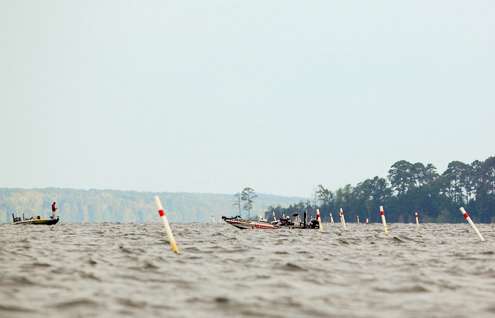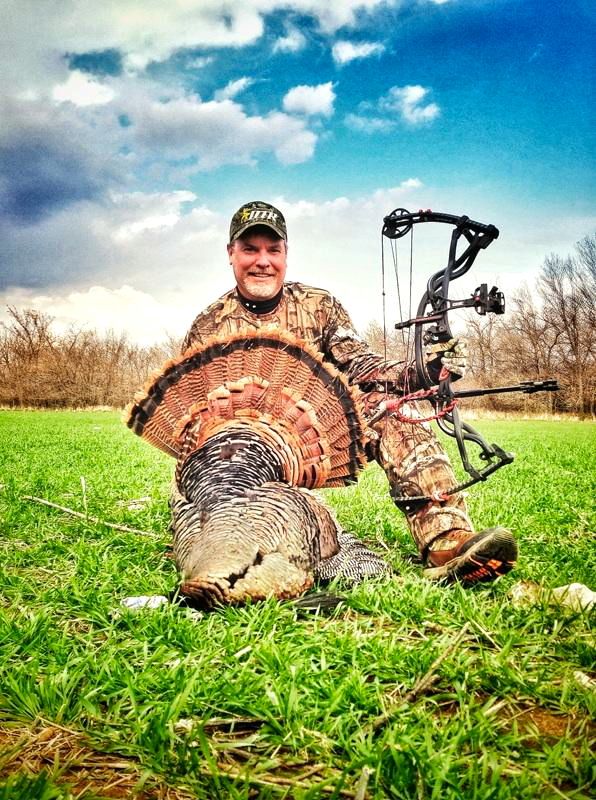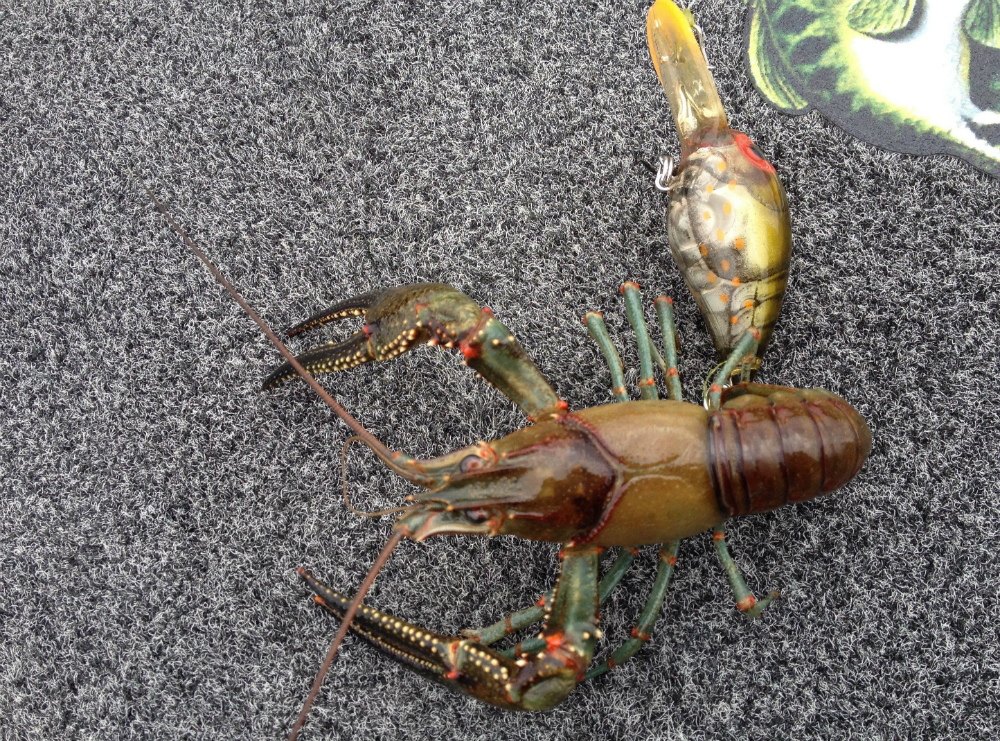
Elite Series pro Dennis Tietje has owned a place on Toledo Bend for 24 years, but the 49-year-old angler has been fishing it much longer than that.
“I took my first trip to Toledo Bend when I was six months old,” said Tietje, who lives in Roanoke, La. “Every summer after that, it was where we went on our summer family trip. So you could say I’ve been on Toledo Bend for 49 years now.”
That last statement was a joke. But Tietje wasn’t joking when he said the lake is in better shape than he’s ever seen it.
“The grass is returning in a lot of areas,” he said. “The water color has been better lately, which has allowed the grass to grow deeper. The schools of baitfish are plentiful, and the bream are plentiful.
“The last time we were here, there were a bunch of 8-pounders being caught. Now there’s a bunch of 10-pounders being caught.”
The Toledo Bend Lake Association sponsors a lunker program that offers a replica mount for anyone catching and releasing a bass weighing at least 10 pounds. In the 2012-2013 season, there were a record 58 lunker entries. That mark has been matched this year — No. 58 was caught on April 19th.
“We’ve got three weeks to go, so we expect the record will be broken this year,” said Linda Sparks, the director of the Sabine Parish (La.) Tourist Commission. The annual total runs from May 15, 2013, to May 14, 2014. The replicas are provided by the Toledo Bend Lake Association.
Tietje caught one of the 10-pounders this year — a 10.05 on February 13. The 185,000-acre lake, which forms part of the Texas-Louisiana border, has been off limits to Elite Series anglers since March 31.
The Elite Series has been here twice recently: Dean Rojas won in 2011 with 70 pounds, 15 ounces; Brent Chapman won in 2012 with 83-9.
Expect the winning total this year to be closer to the 20-pounds-a-day average that Chapman won with in 2012. Former Elite Series angler Clark Reehm of Huntington, Texas, finished second in an FLW Rayovac Series tournament at Toledo Bend in March. His three-day total of 61-9 was seven ounces shy of first place. A 10-3 was big bass in that event.
“They’ll be able to catch ’em any way they want – shallow, deep, whatever,” predicted Reehm in a recent visit. He agreed with Tietje that the lake, impounded in 1969, is in great condition.

Tietje riding a lucky streak
The story of Dennis Tietje’s unusual catch during practice at Table Rock was recounted in a pre-tournament story on this website. Tietje’s lucky streak got better as the tournament began.
To recount the story, here’s how the streak started: Tietje decided he was going to check out the crankbait bite during the final practice period at Table Rock on Wednesday.
“On my second cast, I set the hook, got one,” Tietje said.
But as he was reeling the bass to the boat, Tietje saw his crankbait in one place and the bass hooked on a jerkbait in another direction.
“I’d hooked a line that had a fish on it,” he said. “I hand-lined that fish to the boat, just so I could get the lure. I figured it might bring me some luck during the tournament.”
Tietje brought a three-pound bass to the boat, released it and kept the lure. Then he noticed some weight on the other end of the line. So he hand-over-hand brought it to the boat. Attached was a Cabela’s rod-and-baitcaster combo. It seems this bass had snatched the lure, line, rod and reel from an unfortunate angler’s hands.
The lure was a Strike King KVD jerkbait, and it did bring him some luck.
“I caught my very first fish the first day on it, and my very first fish the second day on it,” Tietje said. “I weighed-in both of those fish.”
Tietje didn’t have enough luck to make the Top 50 cut. He finished 81st with 21-13. That was less than three pounds from 50th place. Everyone predicted there would be many 10- to 12-pound bags in this tournament, but the final number was remarkable. It ranged from Rick Morris in 46th place with 24-15 to Jason Willamson in 96th place with 20-1. In other words, almost half the field averaged 10 to 12 pounds a day.
Tietje’s luck hadn’t run out. It just changed from fishing to hunting. He drove home to Louisiana on Saturday and immediately jumped on a private plane to Topeka, Kan., to shoot a turkey hunting episode for “On The Road,” a Sportsman’s Channel TV show.
“I’d never been turkey hunting in my life,” said Tietje.
Not only had Tietje never been turkey hunting, this was to be a bow-hunting show. Shooting a wild turkey with a shotgun is hard enough, when your heart feels as if it’s about to burst from your chest. At least Tietje had a wealth of bow-hunting experience for deer to guide him. And that proved to be good enough. He killed two gobblers in two days.
“It was pretty neat,” Tietje said.
Kevin VanDam and Joe DiMaggio
Kevin VanDam has been called “the Tiger Woods of bass fishing” and “the LeBron James of bass fishing.” (The first comparison went out of style after Woods’ infamous SUV wreck on the night of Nov. 27, 2009.) Some references to dominance in other professional sports work better than others.
A baseball reference is perhaps most fitting for VanDam, the four-time Bassmaster Classic winner and seven-time B.A.S.S. Angler of the Year. Joe DiMaggio’s 56-game hitting streak is considered one of the most enduring records in sports. VanDam’s streak of making the Top 50, two-day cut in Elite Series events 29 times in a row should be ranked right there in the annals of pro bass fishing. It came to an end during the St. Johns River tournament in March.
The streak dated back to April 2010 at Pickwick Lake. If you don’t think that’s impressive, consider this: 1) Through just three Elite Series events this year, only 11 pros out of 108 have made all three Top 50 cuts; 2. The longest current streak of Top 50 finishes now is 10 by Aaron Martens.
VanDam also has the second-best Top 50 streak in Elite Series history — 16. He has missed the cut only five times in 75 events. The 70th-place finish at the St. Johns River was the worst of his Elite Series career. He started a new streak at Table Rock by finishing fifth.
KVD has raised the bar
VanDam was one of the first to weigh-in on the second day at the St. Johns River. He had recovered from an unusually bad first day (9 pounds, 8 ounces) and caught 14-14 on Friday for a two-day total of 24-6.
When the Elite Series began in 2006, the formula for estimating the Top 50 cut weight was to double 50th place from Day One and subtract two pounds. Using that formula, VanDam would have been close to the estimated cut mark on the St. Johns River.
“Now the formula is add two pounds,” VanDam said. “I think everyone does a better job now of getting dialed in after the first day. I won’t be close to making the cut.”
VanDam was correct. He finished 70th. The cut weight was actually two times 50th place on Day One plus 1 pound, 4 ounces.
VanDam might be the reason why that old formula of subtracting two pounds isn’t the norm anymore.
“It’s just amazing,” said Brent Chapman of VanDam’s 29-straight Top 50s. “I think he has raised the bar and pushed everybody to the next level.”
By the way, that “new formula” is just a guesstimate. It doesn’t always compute. At Lake Seminole 50th place on Day One was 14-13 and the Day Two cut weight was 27-4, closer to the old formula of minus two pounds. At Table Rock, 50th place was 11-13 and the cut weight was 24-10, in other words 50th X 2, plus 8 ounces.
The Table Rock Lake lobsters

When Ott DeFoe caught a big crawfish on a Storm Wiggle Wart crankbait in practice before the A.R.E. Truck Caps tournament at Table Rock Lake, it was a sign of things to come: Crawfish were big and abundant and bass were gorging on them.
“How many crawfish are there in a lake when you can catch one on a crankbait?” said DeFoe, when showing the picture he took of the crawfish.
Wiggle Warts are a longtime favorite lure in the spring and fall on White River impoundments. It might be because those chunky, erratic-running crankbaits best resemble the huge crawfish native to the White River.
The common and scientific names for these big crustaceans are “long-pincered crawfish,” and “conectes longidigitus.” They are the largest crawfish in North America, and found only in the White River basin of southern Missouri and northern Arkansas. Adults commonly grow to a body length of six inches, with pincers almost as long as their bodies,
“It was a lobster,” DeFoe said.
A growing number of people in the Ozarks have discovered that these crawfish are like lobsters in another way – they taste great. And with their large size, it’s not such a chore to peel enough of them to make a meal. Missouri’s Department of Conservation has recognized the potential downside to this trend and established a crawfish limit: Residents can legally harvest 150 per day.
I’ve known about the big crawfish in the White River for many years. When I was about 10 years old, my father and I netted a huge one during a fishing trip on the river near my hometown of Batesville, Ark. My dad thought it had to be some kind of freak worthy of study by experts, so we took it to a biologist at Arkansas College (now Lyon College). The unimpressed college professor told us it was simply a big ol’ long-pincered crawfish, and he went back to studying his books.
About 10 years ago, I discovered that a scuba diving club in the Mountain Home, Ark., area held a regular outing on the White River below Bull Shoals Dam to hand-pick some of these mini-lobsters for a crawfish boil that evening.
As you would expect, bass have readily adapted to looking for the big crawfish as they’re gorging in preparation for spawning. Almost every angler in the Elite Series event at Table Rock was throwing some type of crawfish imitation, from Wiggle Warts and other crankbaits to the Strike King Rage Tail TwinTail Menace that Mark Davis relied on in his second-place finish.
Ozarks native Mike McClelland relied on a Wiggle Wart for some of his winning total at Table Rock. There’s a long tale to be told about the history of Wiggle Warts during the pre-spawn period on Ozarks impoundments, like Table Rock, Bull Shoals and Beaver. But that’s a story for another place and another time.
